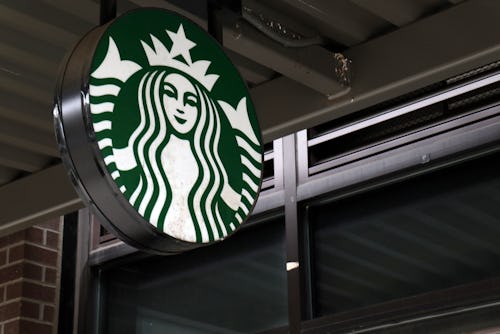Most big corporations still aren’t paying a $15 minimum wage
That number, by the way, has been the goal for so long it’s not even a livable wage anymore.

Nationwide, wages are in the dumps. Which, honestly, is something you could’ve figured out by chatting with your local Starbucks barista. But a new report showing the majority of big corporations aren't paying a $15 minimum wage is just icing on the cake.
On Tuesday, the Economic Policy Institute and Harvard’s Shift Project released a collaborative effort dubbed the Company Wage Tracker. It looks at 66 large retail and food corporations to show not only the hourly wages of workers within the United States, but also how much revenue they generate in the U.S. and what each corporation pays its CEOs.
Using data gathered from nearly 20,000 workers during two separate periods in 2021, researchers found that most corporations weren’t paying their workers a $15 minimum wage. For example, at Dollar General, 92% of workers make under $15 an hour, and over half are making under $12. Meanwhile, its CEO made $58 million last year. Then there’s Starbucks, where over 60% of workers are making less than $15 an hour.
This report comes only a year after the Senate — with Democrats in control — voted against raising the federal minimum wage to $15 an hour. Remember: The federal minimum wage has been stuck at that for over a decade. The fight for a $15 minimum wage has been going on for so long, though, that it’s not even a livable wage anymore for a single person anywhere in the U.S.
But while politicians from every party continue to fail, workers are seeing incredible organizing wins. Just look at Starbucks, which is quickly losing its anti-union campaign. On Tuesday, Starbucks lost five union votes in a single day at locations in Richmond, Virginia, alone.
Even where the report shows companies are doing “good,” it’s not really all that great. There are only a few companies where a decent chunk of workers are making at least $15 per hour, including Target. In 2020, Target said it would raise its minimum wage to $15. Per the report, only 3% of workers make under $15 per hour, but 82% are making $14-16 per hour.
In other words, Daniel Schneider, a Harvard Kennedy School professor of public policy and co-director of the Shift Project, told Vice News, “$15 really is the minimum [at Target]. But it’s also not that far off the maximum.”
The report shows some common themes, like that the lowest wages are often found in the food service and hospitality sectors. Even then, though, wages vary a lot. The Shift Project noted that in food service, for example, the sector average of workers making below $15 per hour is 63%. But you can have companies like In-N-Out Burger, where only 9% of workers are making under $15 per hour.
As Schneider told Vice News, “Occupations and industries don’t set wages — employers set wages, and employers are regulated by minimum wage, and employers are on the other side of workers’ efforts to organize and have protests calling for fair conditions.”